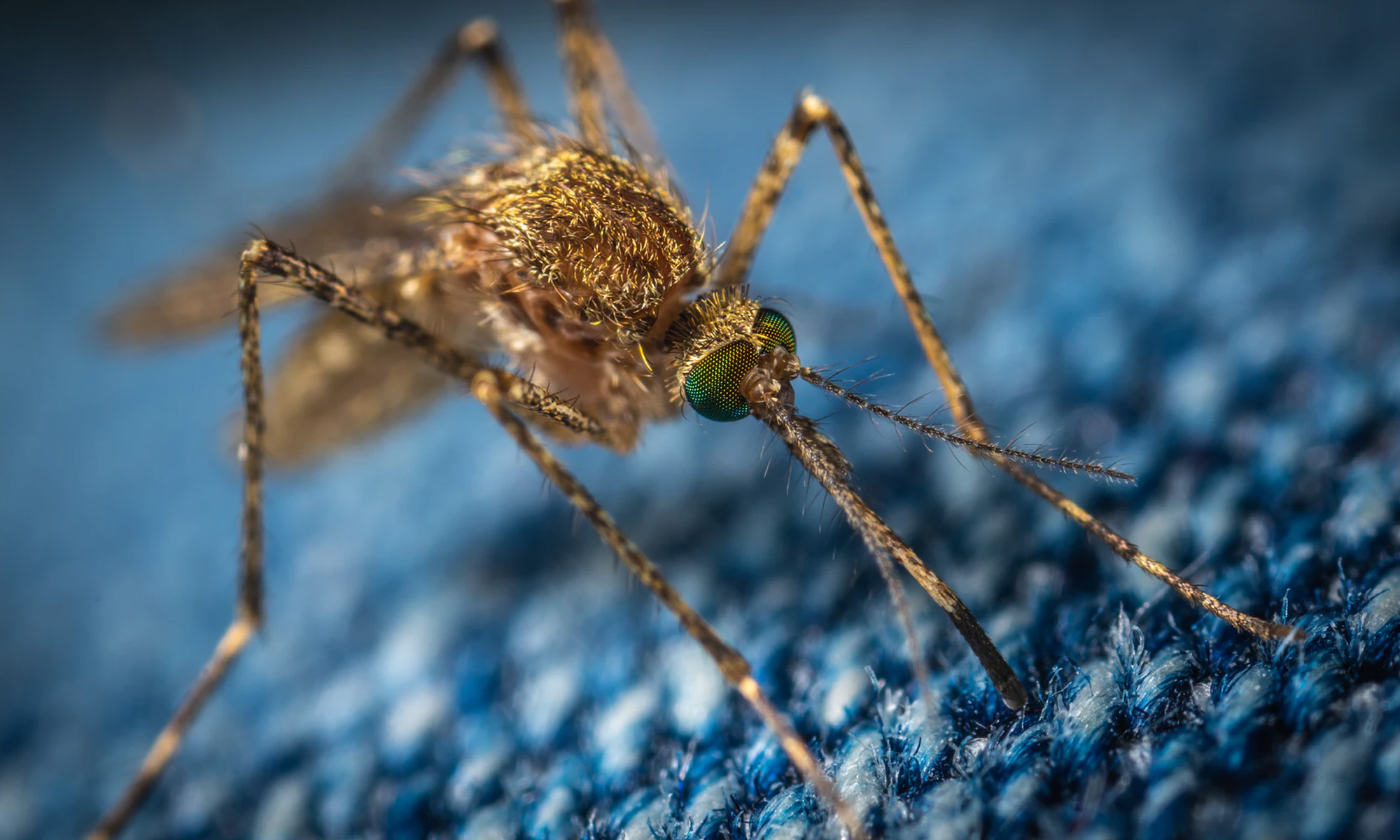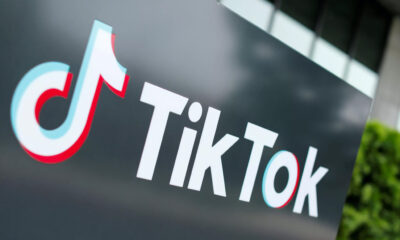News
Istanbul Fights Disease-Carrying Mosquitoes Using A Smartphone App
There are approximately 190,000 mosquito habitats in Istanbul, and 80% of them wouldn’t exist if it wasn’t for humans creating ideal breeding conditions.

With the world’s attention focused on the still ongoing coronavirus pandemic, it’s easy to forget that there are many other serious health problems affecting the lives of people around the world. Istanbul is one of the countless cities that have been invaded by disease-carrying mosquitoes, and the city’s civic body has recently decided to solve this problem using modern technology.
More specifically, the Istanbul Municipality has released a smartphone app whose purpose is to identify different mosquito species in the city and create a real-time map showing their location. The gathered information will allow city officials to take appropriate actions in order to stop, or at least slow down, the spread of mosquitoes in the city of hundred names.
The biggest challenge is the fact that not all Istanbul residents own high-end smartphones with high-resolution cameras capable of taking detailed pictures of tiny mosquitoes, especially under poor lighting conditions. That said, even less-than-ideal pictures can help officials map out the general presence of mosquitoes in Istanbul, which can go a long way in tackling the infestation.
Önder Yüksel Eryiğit, a senior municipal official, said that there are approximately 190,000 mosquito habitats in Istanbul, and 80 percent of them wouldn’t exist if it wasn’t for humans creating ideal breeding conditions for mosquitoes.
Also Read: FDA Approves Israeli Cancer-Freezing Technology
Academics have warned the Istanbul Municipality about the possibility of mosquitoes infected with Zika and West Nile viruses already making the city their new home. To prevent a deadly outbreak of these and other infectious diseases, it’s important to act quickly and avoid letting the problem get out of hand.
This certainly isn’t the first application of mobile apps in the Middle East for the purposes of solving pressing healthcare issues, and it’s safe to say that it won’t be the last. For example, during the early stages of the coronavirus pandemic, a group of 16 technology enthusiasts from Turkey developed a contact-tracing app to instantly alert users who had contact with infected people.
News
Mamo Completes $3.4M Funding Round To Enhance Fintech Services
The startup will use the influx of cash to expand into Saudi Arabia and across the wider GCC while improving its product offering.

UAE-based fintech Mamo has announced the completion of a $3.4 million funding round that will help the startup extend its market presence and improve its product offering. Investors included 4DX Ventures, the Dubai Future District Fund and Cyfr Capital.
Mamo’s platform offers “payment collection, corporate cards and expense management” to help small and medium-sized businesses consolidate and streamline their operations. With the latest influx of capital, Mamo will further develop its comprehensive suite of services and begin testing its product lines in Saudi Arabia, further extending its footprint across the GCC.
Imad Gharazeddine, co-founder and CEO of Mamo, stated: “We’ve been in the market for a while now and are incredibly proud of what our team has achieved. The holistic and expansive nature of our product offering has helped us continue to grow sustainably. This additional funding will allow us to reach our medium-term goals even faster. The support from new and existing investors is a testament to our strong expertise and the ability to deliver on our customer promise”.
Daniel Marlo, General Partner of lead investor 4DX Ventures, added: “We have immense trust in Imad’s vision, leadership and Mamo’s innovative approach to provide a user-friendly and comprehensive financial solution for SMEs that makes financial management more accessible and efficient. We are proud to partner with them and support their mission”.
Also Read: A Guide To Digital Payment Methods In The Middle East
Amer Fatayer, Managing Director of Dubai Future District Fund’s investment team, also commented: “Mamo’s localized product lines serve as an infrastructure for SME payments and spend management in UAE, a segment that is underserved by the country’s current banking infrastructure. The team has taken a product-first approach to consolidating SMEs’ financial journeys and building a fintech solution deeply embedded in a business’s core operations”.
To date, Mamo has raised around $13 million in investment funding and now boasts a team of 30 people. The company’s intuitive financial services platform has allowed over 1,000 businesses to consolidate their financial operations and significantly reduce payment fees.
-

 News4 weeks ago
News4 weeks agoAmazon Prime Day 2024: Get Ready For 6 Days Of Amazing Deals
-

 News4 weeks ago
News4 weeks agoSamsung Unpacked 2024: What To Expect From The July 10 Event
-

 News4 weeks ago
News4 weeks agoCoursera Report Shows Surge In UAE Interest In AI Upskilling
-

 News4 weeks ago
News4 weeks agoMeet Dubai’s Groundbreaking Smart Robot Delivery Assistant
















